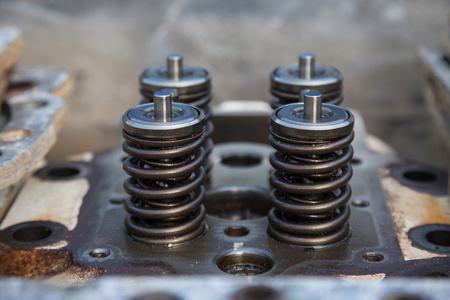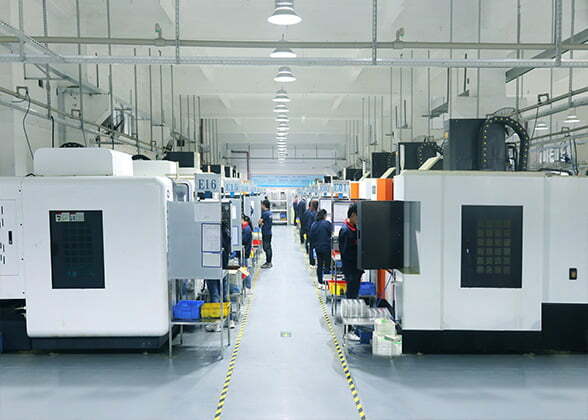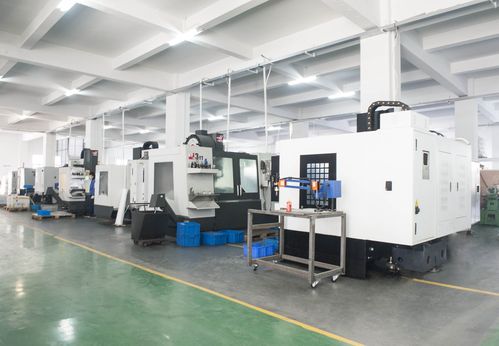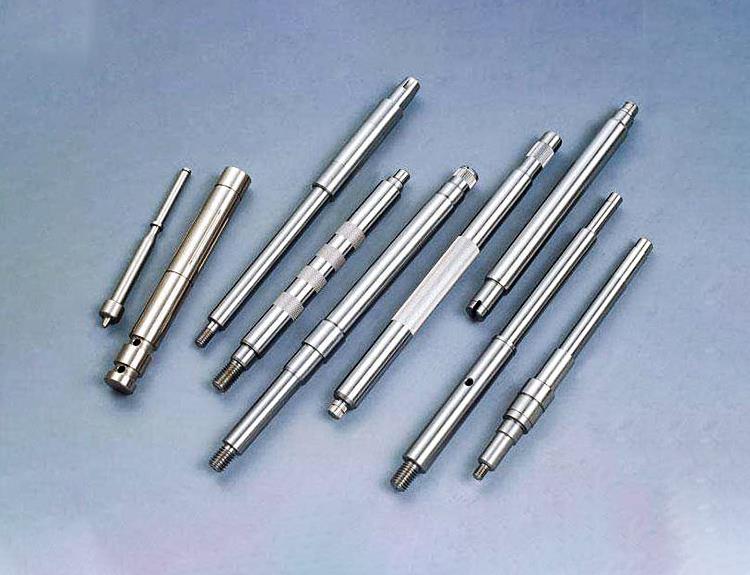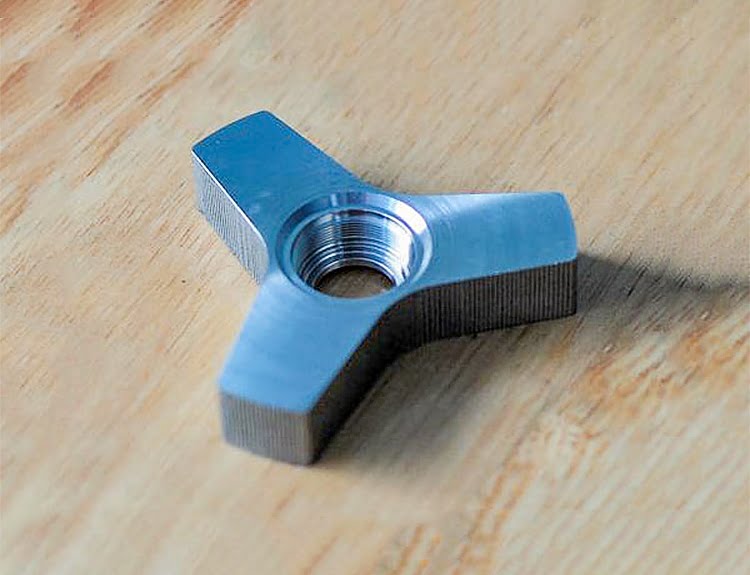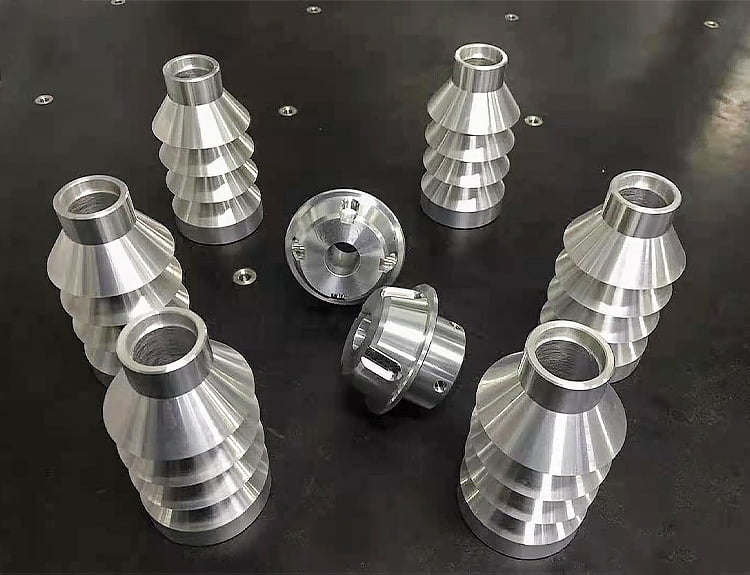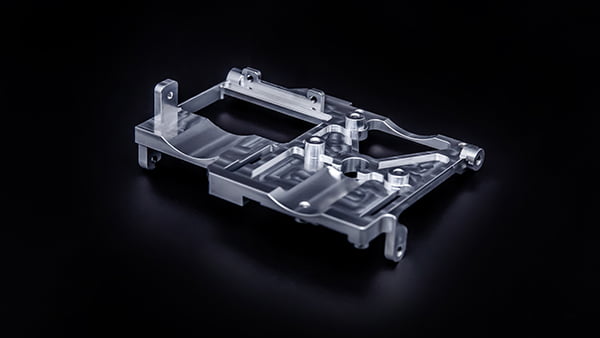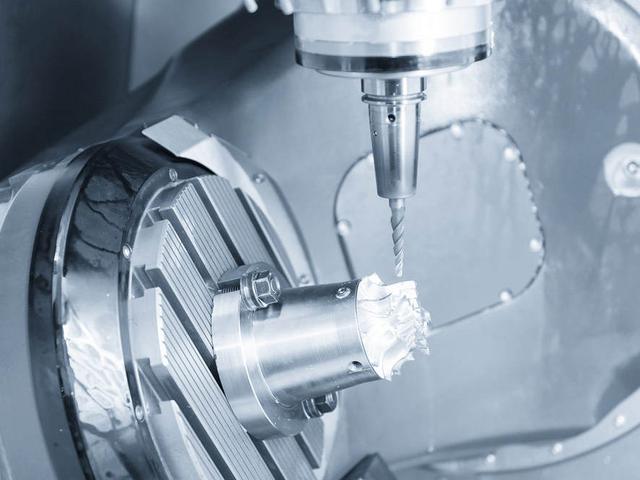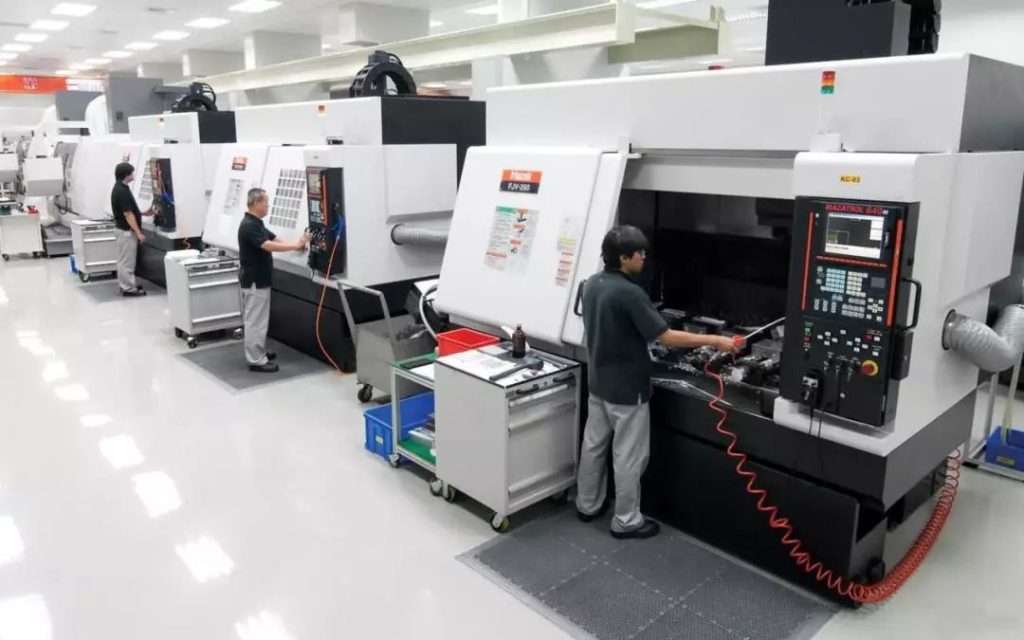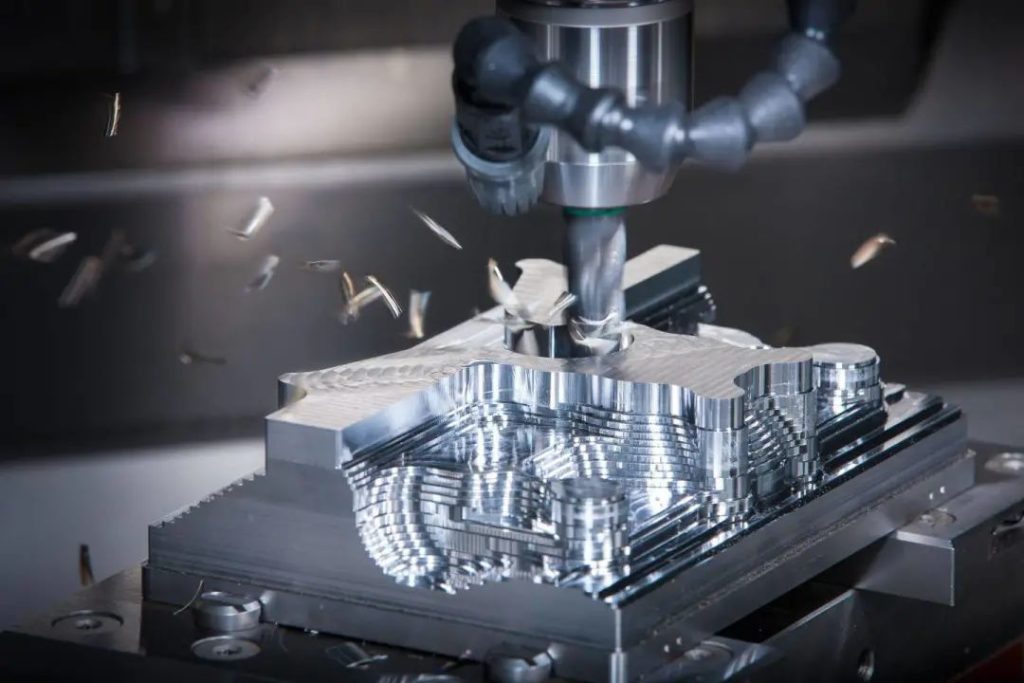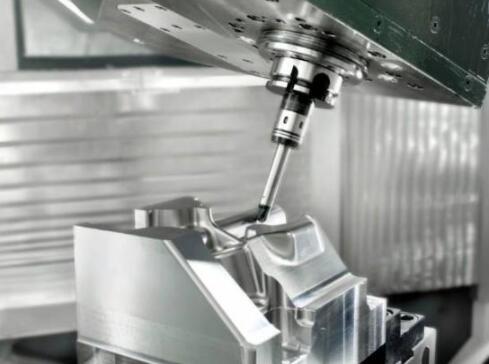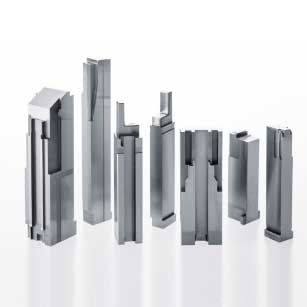In the machinery manufacturing industry, there are many special parts that need to be produced and processed, among which slender shaft parts are widely used in the petroleum machinery industry, automobile parts industry, and high-speed dynamic vehicle industry.
Because of this kind of workpiece easy to bend, heat deformation, as well as the clamping process, the choice of tools and other factors can lead to deviations in the accuracy of processing.
The following process problems exist in the machining of slender shafts.
(1) Low stiffness, easy to bend. The stiffness of the slender shaft is very low, the bending error of the blank is large, and if the turning is not properly clamped, it is easier to bend and deform due to the cutting force and gravity, thus reducing the machining accuracy and surface quality.
(2) Large thermal elongation. The length of the slender shaft is larger, the cutting heat will produce a large amount of thermal elongation on it. If both ends of the shaft are fixed support, it will produce the effect of "pressure rod destabilization" and bending deformation. When the shaft rotates at high speed, the centrifugal force caused by this bending will further aggravate the deformation of the shaft.
(3) Large tool wear. As the slender shaft is long, the length of one feed during processing is long, and the tool wear is large, thus causing the workpiece taper error.
The following process measures can be taken to address the above problems.
Improve the workpiece clamping method. Long axis clamping - generally use a clamping a top method, in order to avoid the bending of the workpiece blank and the formation of bending moment by the chuck forced clamping, the workpiece can be clamped in a circle of fine steel wire.
To reduce the contact length between the jaws and the workpiece, so that the workpiece in the chuck can freely adjust its position. The back top is made of elastic top, when the workpiece is thermally elongated, the top can automatically back off to avoid the bending deformation caused by thermal expansion.

